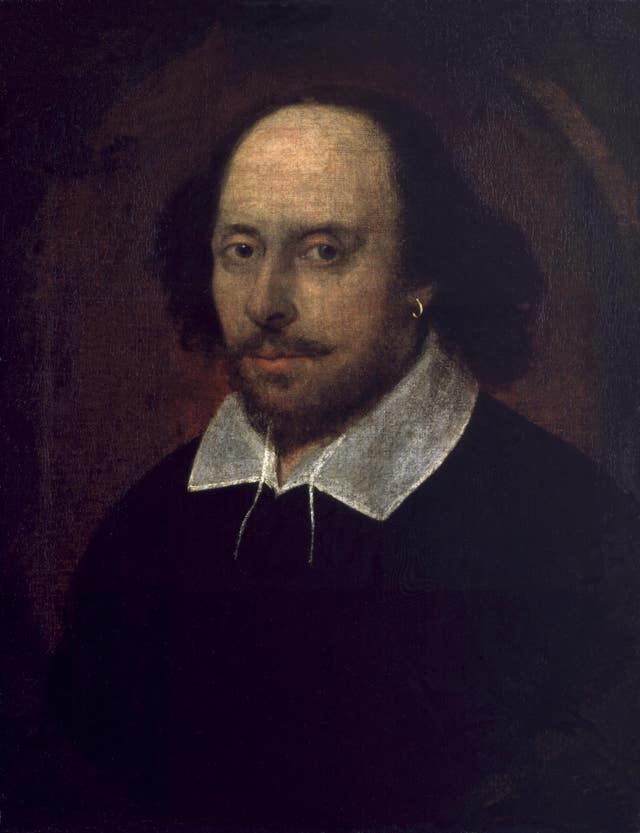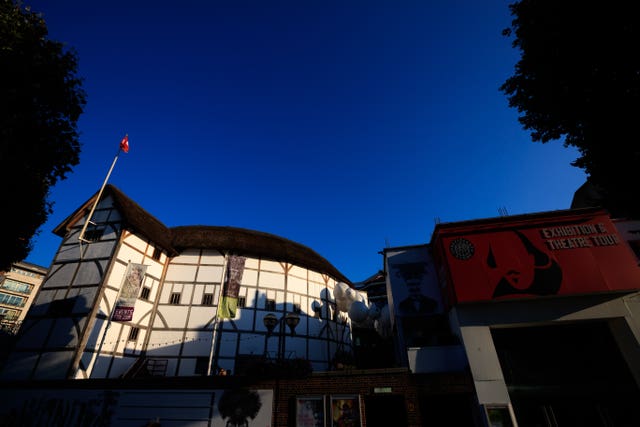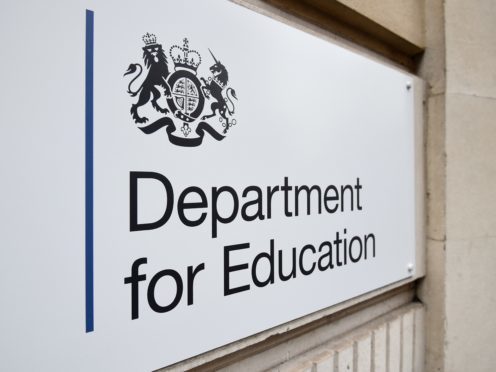Arts education is suffering an “appalling erosion” with around half of UK schoolchildren unable to see a play, according to a report.
The report found that most schoolchildren have not taken part in a drama at school, or been taken to see play as part of their studies, while one third of students could not identify William Shakespeare as a playwright.
It was also found that children are far more likely to have access to drama if they live in London or the South East, or go to a fee-paying school.
A study commissioned by the London Academy of Music and Dramatic Art (Lamda) shows large disparities between regions, and between fee-paying and non-fee-paying schools, when it comes to accessing dramatic arts.
The gaps have been blamed on Government cuts to funding, following a report by the Institute for Fiscal Studies which outlined an 8% cut to spending per pupil since 2010.

Joanna Read, principal of Lamda, said: “This research demonstrates the appalling erosion that a lack of funding is having on children’s access to arts activity and participation.
“These statistics are shocking. I’m concerned that half of our children have never been to see a play with their school – that figure should be zero.
“The arts are a right, not a privilege, and today we are seeing fewer and fewer children being given the opportunity to access, enjoy and learn from them.”
According to the Lamda-commissioned report, around 46% of pupils have not seen a play as part of a school trip.
Around 64% have not taken part in a play of any kind at school.
London pupils were more likely to see a play as part of a school trip, at 47%, as were other young students in the South East.
In the East Midlands, almost 60% of schoolchildren had not seen a play.

In state schools around 47% of pupils said they had never seen a play as part of a school trip. In fee-paying schools, 41% of pupils had seen multiple plays.
The diminished opportunity for schoolchildren to see plays and take part in drama has been branded as “short-sighted” by arts professionals, and blamed on funding cuts.
Lamda boss Ms Read said: “Without the opportunity to engage with the arts when young, how will young people develop a treasured and rewarding relationship with arts, much less consider it as a possible career?
“The arts and culture industries contribute over £20 billion to the UK’s economy, so this lack of funding is incredibly short-sighted and will only serve to make drama and the arts less diverse.
“The Government needs to feed the pipeline for the creative industries. The current situation risks the well of talent running dry.”
Lamda’s report was drawn up by One Poll, who quizzed students and parents on their arts education.
The Department for Education has been contacted for comment.
